What is it like living in El Salvador? It’s the smallest country in Central America. Located between Guatemala and Honduras, it possesses 21,041 square kilometers (about the size of Massachusetts) and is tropical, with an average temperature of 30° to 35°C (80°to 95°F).
The land is mostly mountainous and covered with tropical rainforest, with its highest peak being El Pital at 8,957 feet.
San Salvador, the capital city, is 2,162 feet above sea level. This small Central American country is divided into 14 departments: Ahuachapan, Cabanas, Chalatenango, Cuscatlan, La Libertad, La Paz, La Union, Morazan, San Miguel, San Salvador, San Vicente, Santa Ana, Sonsonate and Usulutan.
Since achieving its independence on September 15, 1821, El Salvador has been a mix of the descendants of European conquerors and the native people, with a mestizo population representing 86.3%, white 12.7%, and Amerindian 0.2%. The population estimate is 6.38 million (January 2024).
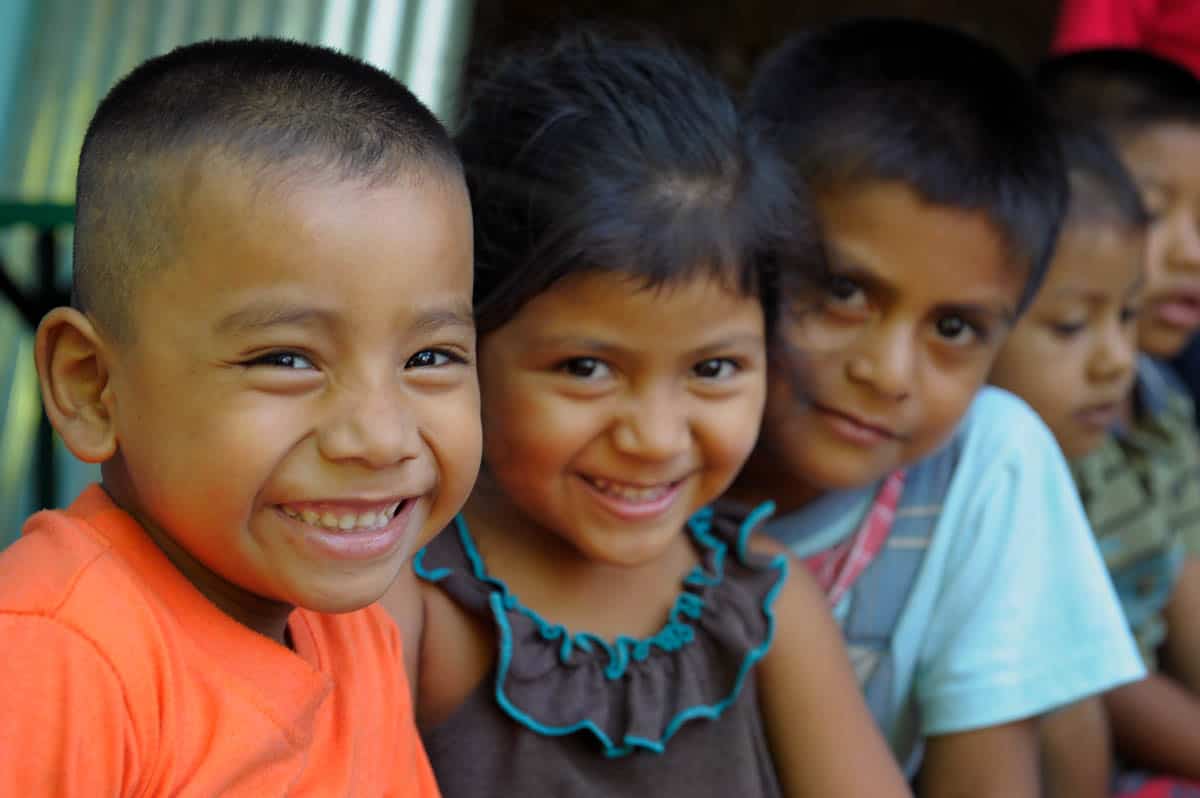
The official language spoken is Spanish, with a few Salvadorans still speaking Mayan Nahuatl to keep alive the tradition and the historic value of the language.
El Salvador is divided into three regions: east, west and central. All three regions consist of temperate and warm lands, and most vegetation is tropical jungle, except for the northern parts of all three areas, which are more mountain-like with pine forests.
All three areas have main urban cities, such as Sonsonate and Santa Ana in the west, San Salvador in the center, and San Miguel in the east. Surrounding these main metropolitan areas are smaller towns and villages, which are also surrounded by states or homesteads (small groups of houses in a rural environment).
Facts About El Salvador: Rural Facts
According to the World Fact Book, 27% of the population lives in rural areas. The western region is made up of the departments of Santa Ana, Ahuachapán and Sonsonate.
The central region owns La Libertad, San Salvador, Chalatenango, Cabañas, La Paz, San Vicente and Cuscatlán, and the eastern region holds Usulután, San Miguel, Morazán y La Unión.
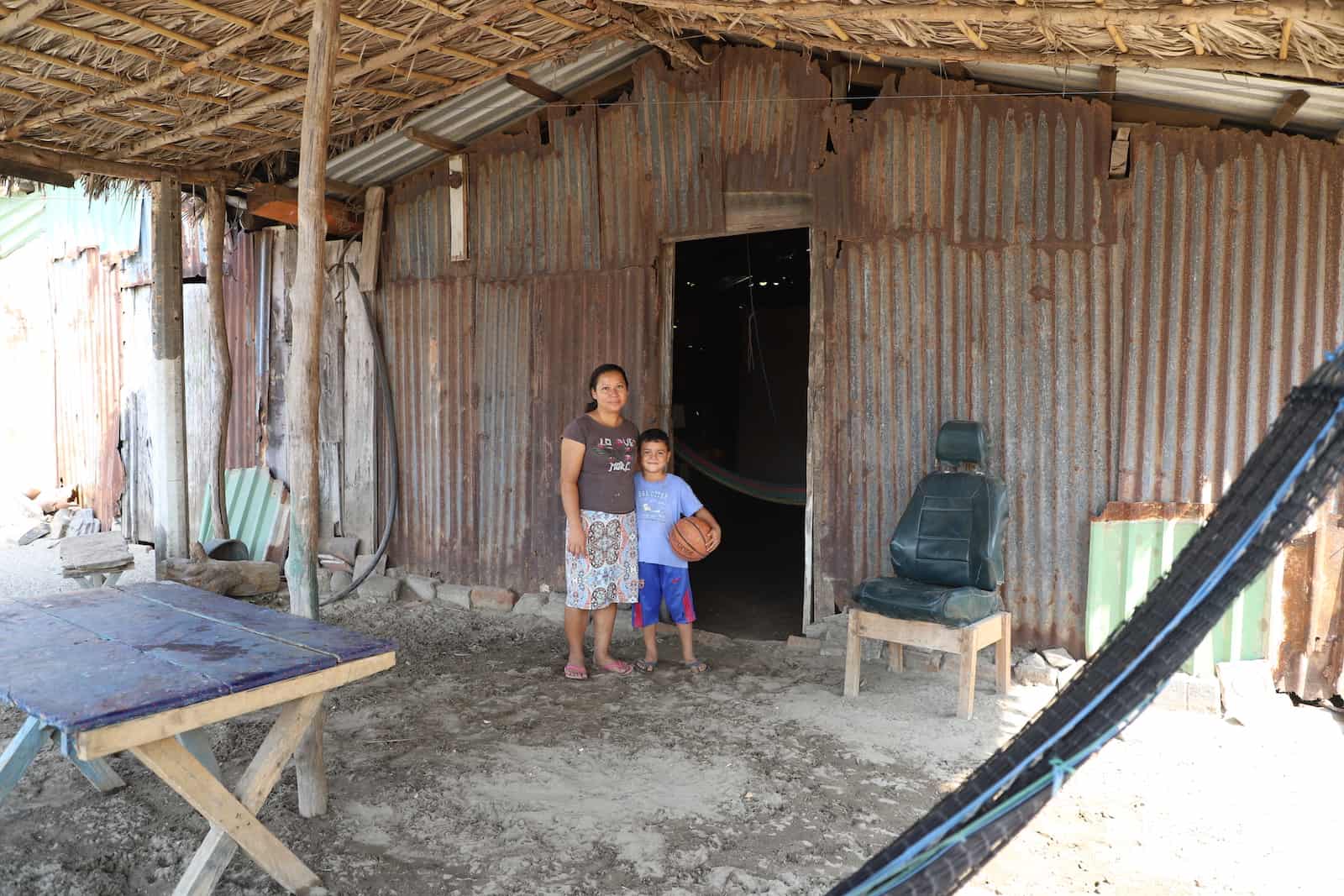
A home made from corrugated metal sheets in rural El Salvador.
Rural Houses in El Salvador
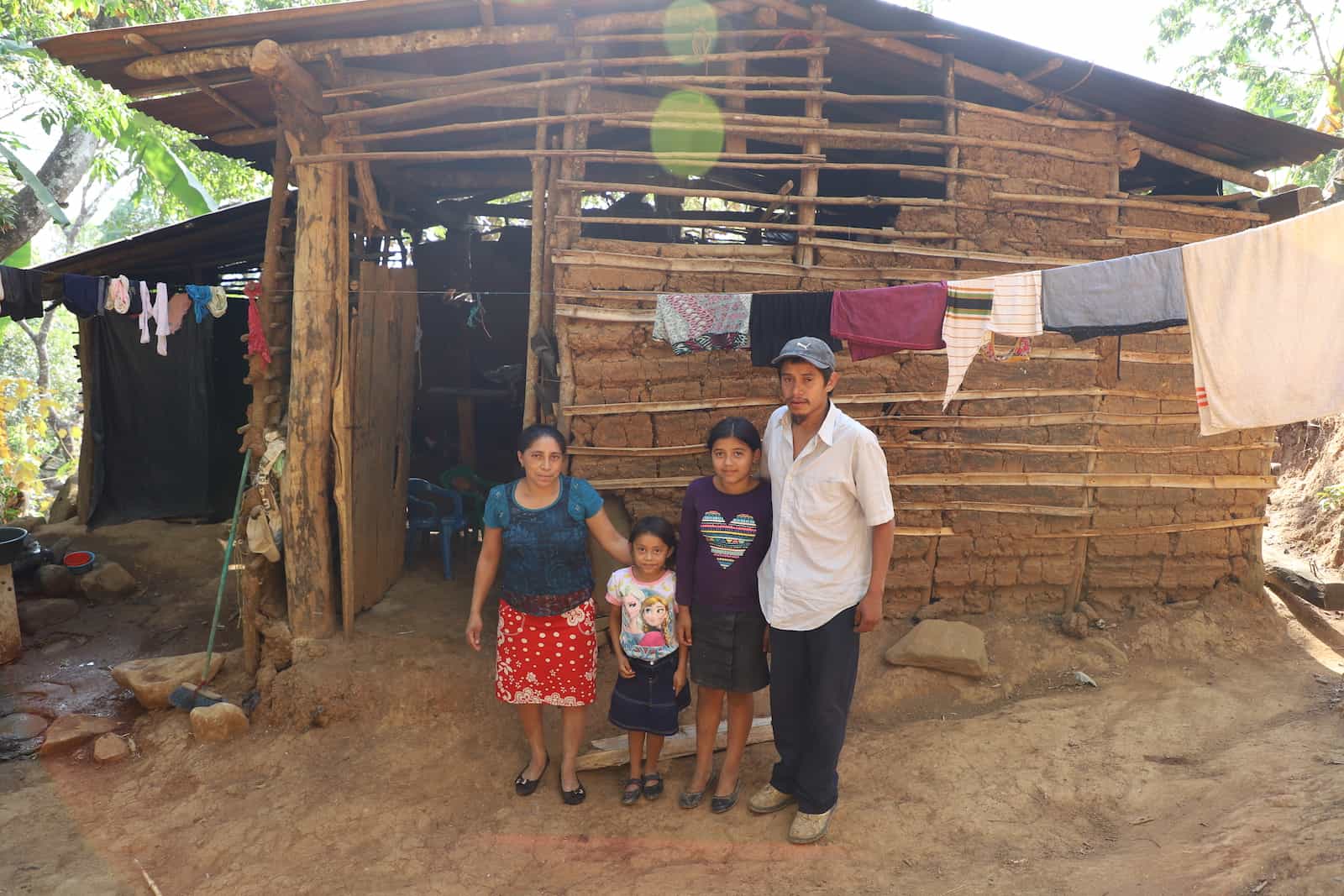
A mud and wood home in rural El Salvador.
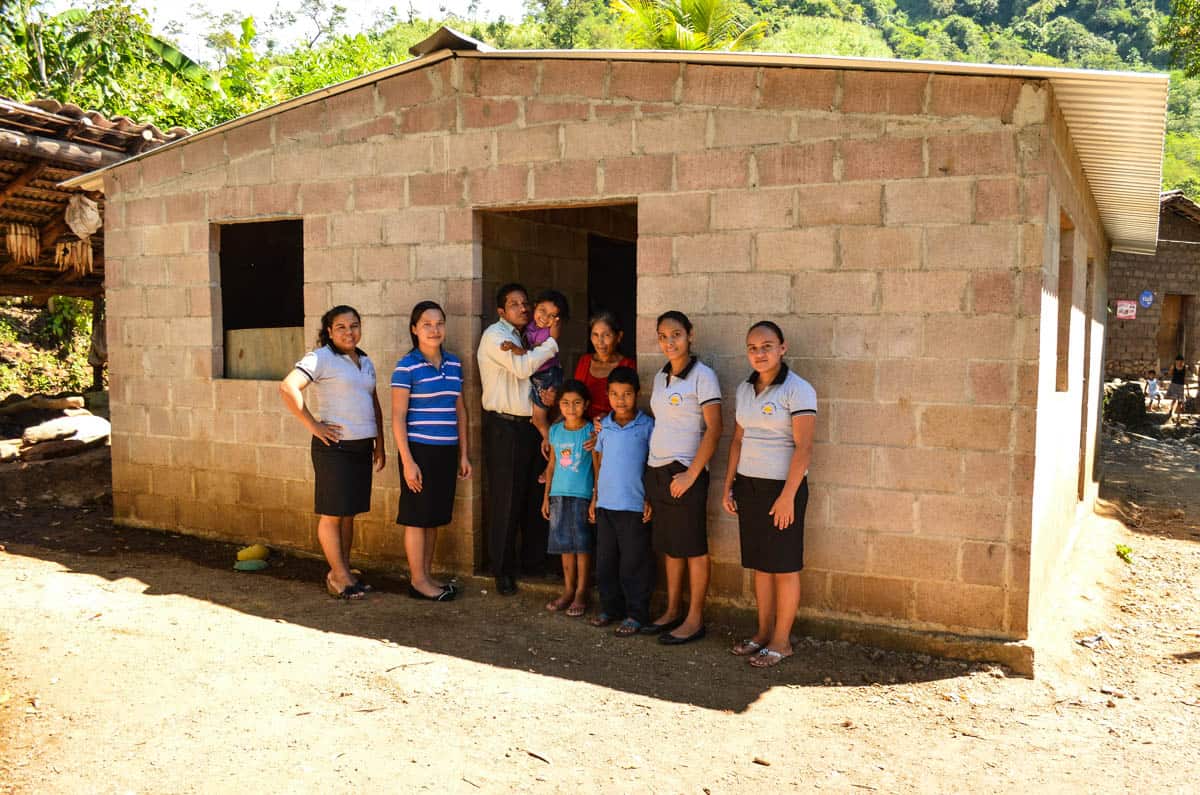
A cement block home in rural El Salvador.
In rural areas, most El Salvador houses are made of mud or adobe bricks. Many times, the structure is reinforced with pieces of wood as columns on the corners, and the roof is usually straw or aluminum if the family can afford it.
The constructions are usually a square of about 20 feet by 20 feet, and sometimes they have a division in the middle to form two bedrooms or a bedroom and a living area.
This is not always the case, and some families simply gather outside of the home. Most homes lack a sewage system, so pit latrines are common.
Facts About El Salvador: Urban Facts
According to the World Fact Book, 72.7% of population lives in urban areas, with the largest being San Salvador (central), San Miguel, San Vicente (east), Santa Ana, and Sonsonate (west).
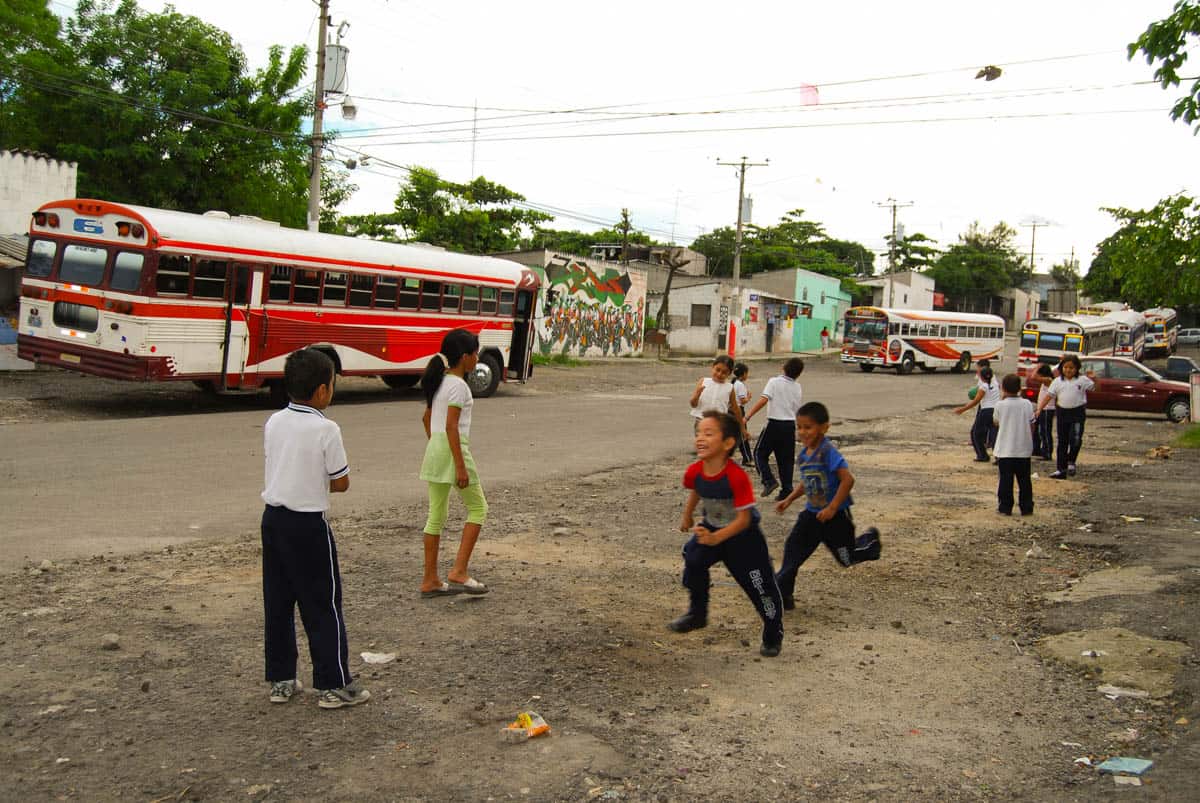
Urban Issue: Extortion
Extortion (obtaining goods, especially money, through force or threats) is a big problem for people living in metropolitan areas. This often comes from gangs, but it’s an issue in other areas as well. Many people, especially middle- to low-income families, suffer from extortion.
Extortionists or gang members often make a phone call or leave a note and tell the victim that they have been watching and know their usual moves during the day, and they demand an amount of money. The criminal may threaten to murder or kidnap a family member if the request is not fulfilled.
People threatened share that extortionists usually know about their work, their children and the places they go. The amount of money extorted may be a “small” amount of $50 to $100 per week or hundreds to thousands of dollars.
Small stores located in commercial downtowns, as well as the public transportation business, often suffer from extortion. For them, the amount required to provide “protection” can reach to thousands of dollars a week.
The good news is that homicides are dropping sharply. The murder rate in 2023 dropped 70% when compared to 2022.
Urban Houses in El Salvador
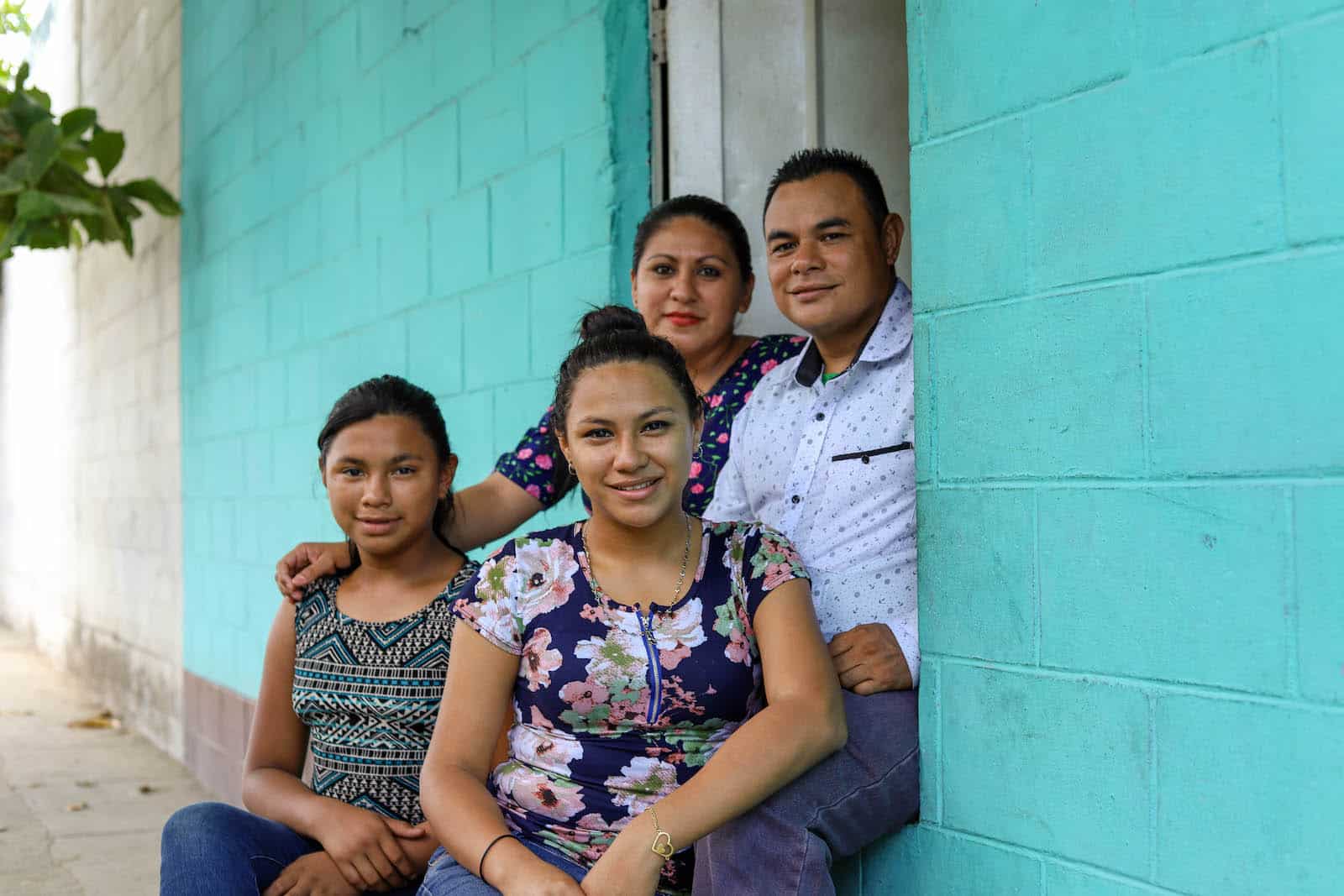
A family in front of a brick home in urban El Salvador.
In urban settings, homes are typically made of bricks and cement. However, in the impoverished settings where our centers are located, there are two common methods of construction. The first is called casa de pasaje, or alleyway houses. They are small, about 480 square feet.
The other common type of house in urban areas is slums. In El Salvador, these are called zonas marginales, or excluded zones. In this type of setting, most houses are huts made of aluminum sheets, plastic and cardboard.
Church and Religion in El Salvador
The main religion is Catholicism, particularly due to the influence of the Catholic Church during the conquest era. According to recent data, approximately 43.3% identify as Catholic and 33.9% identify as evangelical Christian. Approximately 18.6% have no religious affiliation.
Food in El Salvador
One of the most popular local dishes in El Salvador is the Quesadilla Salvadoreña, a sweet cheese pound cake.
Unlike the Mexican snack of the same name, Salvadoran quesadilla is a rich, sweet dessert cake often found in local panaderías, or bakeries. The queso in quesadilla is traditionally unsalted Salvadoran queso fresco, a fresh farmer’s cheese. But parmesan cheese is often substituted.
Here’s how to make it!
- 2 c. all-purpose flour.
- 2 tsp. baking powder.
- 1/2 lb. grated queso fresco or parmesan cheese.
- 2 c. sugar.
- 4 eggs, beaten lightly.
- 1 c. whole milk.
- 2 sticks (1/2 lb.) of butter, melted.
- 2 tbsp. sesame seeds (optional).
Preheat the oven to 350°F. Sift the flour and baking powder together into a bowl. Add the cheese, sugar, eggs and milk to a large bowl and beat until smooth. Stir in the melted butter. Slowly stir the flour mixture into the cheese mixture until they’re fully incorporated and a smooth batter is formed.
Pour the batter into two well-greased loaf pans, filling them only halfway. If using sesame seeds, sprinkle them over the top of the batter. Bake for 20 to 25 minutes, or until a toothpick inserted into the middle comes out clean. Set on racks and allow to come to room temperature before slicing and serving.
Variations:
- Try using different types of cheese for your quesadilla: grated cheddar, Monterey jack or grated feta cheese.
- Many Salvadoran cooks substitute rice flour for the regular wheat flour.
- Instead of milk, use crema agria or sour cream thinned with a little half and half.
- Bake in round cake pans or in muffin tins.
Want to try another common Salvadorean dish? Whip up some pupusas! These dishes are so popular that they have their own national holiday. Here’s a recipe you can try!
Commonly Used Phrases in El Salvador
- “Que Chivo!” is the Salvadoran equivalent of “how cool!” It usually expresses happiness or surprise for something.
- “Que ondas!” is the most common Salvadoran greeting. It can be translated to “How you doin’?”
- “Chuchito” is translated as “puppy.” If you say “chucho,” it means dog. Children usually call their dog pets chucho or chuchito if they are little. You can ask if the children have a puppy by asking if they have a “chuchito.”
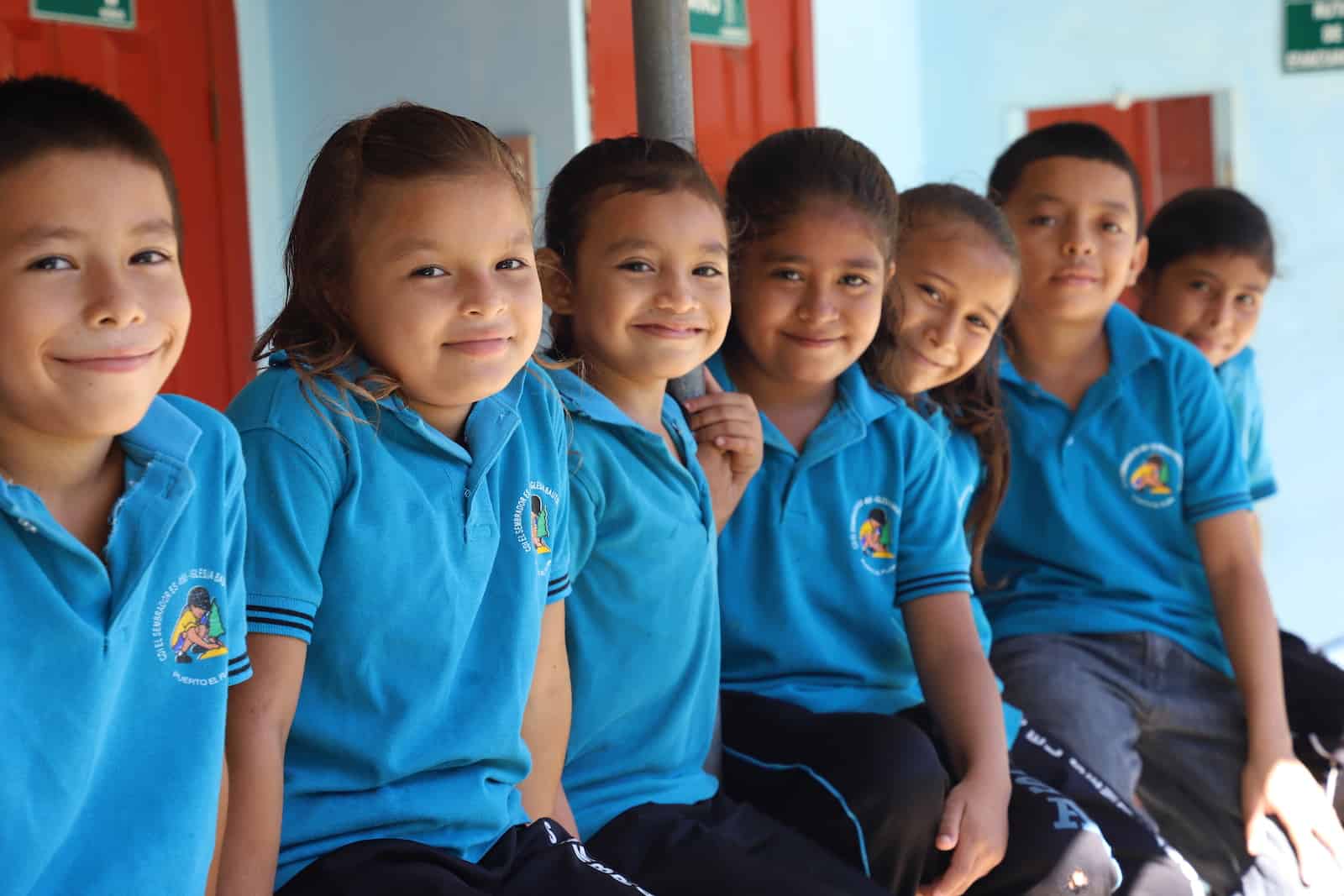
Poverty in El Salvador: How You Can Help
Life in El Salvador is difficult for some Salvadorans. This small country has the fourth-largest economy in Central America. But about one in every three Salvadorans lives below the poverty line. This means accessing critical food, water, medical care and other necessities is difficult for many.
How can you help? Sponsor a child living in poverty in El Salvador to offer them the hope and care they need to thrive.

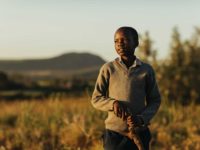

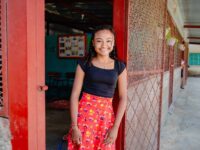
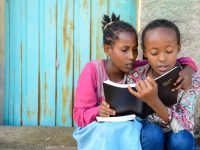


18 Comments |Add a comment
I have spent many trips to ElSalvador The people of ElSalvador are very humble and kind I have made many friends Nowhere In the world have I ever seen people so open to the Word of God ElSalvador as of 2023 is changing for the better The lord Jesus is changing this beautiful little nation One heart at a time It’s been my honour to have experience this beautiful land Love from Canada
Thanks for this article about the country of my sponsored child. It was very informative and interesting.
Now I get a glimpse of what life is like for her. It gives me a broader picture. Now I can pray for her and the people in her community specifically. Thank you and the Lord God bless you and the work and peoples of Compassion International!
i am diong a project on El Salvador
Hello Liam! Thank you for reaching out about the project you are doing in El Salvador. We would be happy to hear more about this. Will you please send us an email at [email protected] so that we can further assist you? Thank you!
I’m writing a story that will take place in El Salvador. This really helped me to get a glimpse of what life is like there.
what’s the story about?
im a salvadorean, currently living in el salvador 🙂
I am doing a project on El Salvador It Helped Thanks for Helping me 🙂
Thank you so much! This glimpse into daily life in El Salvador helped me with my project for this multi-cultural fair coming up at my CPS School.
Thanks for this! Our little guy is in ES-730. Now I know what to ask him in the next letter!
Thanks for publishing the article about El Salvador. The precious little girl we sponsor lives there. Knowing more about her homeland allows me to pray for specific things for her and her family.
As someone who sponsors a little girl in Moncague in El Salvador, this article has given me a new insight into this country.Thank you.
Thanks for this article about the country of my sponsored child.
Is it known where that first photograph was taken? The little girl resembles the girl we sponsor.
P.s. How often are the children’s photographs taken and updated with the sponsor families? We’ve sponsored for a year now & I’m hoping we get to “see” our girl in pictures again soon.
Megan, I now know that these children are from the ES-739 center. Thanks – Darren
Sponsors get updated photos of the children approximately every two years. Unfortunately, I don’t know exactly where that picture was taken. Thanks for your comment and have a great weekend. – Darren
I’ve seen them take those pictures several times. Most of the time, the pictures are taken near that Compassion center or maybe even in the center. A popular place seems to be accross the street.
What a fantastic post on El Salvador, so informative, such a great glimpse into what life is like there.
Will you be doing these types on posts on other Compassion countries as well?
Thanks for your kind words! Yes, we will do more and have done numerous ones already. See them here. – Have a great weekend. – Darren